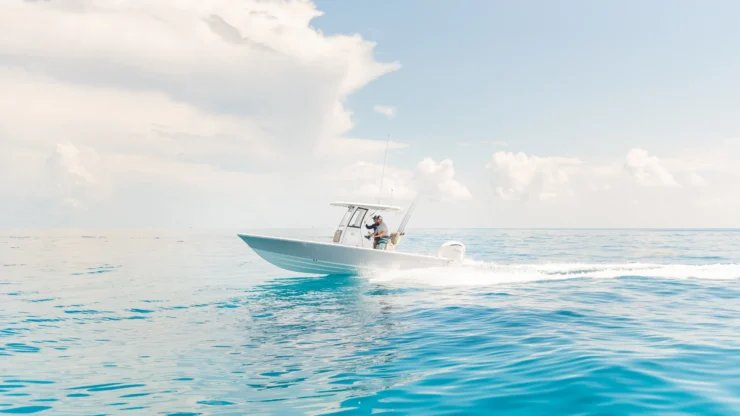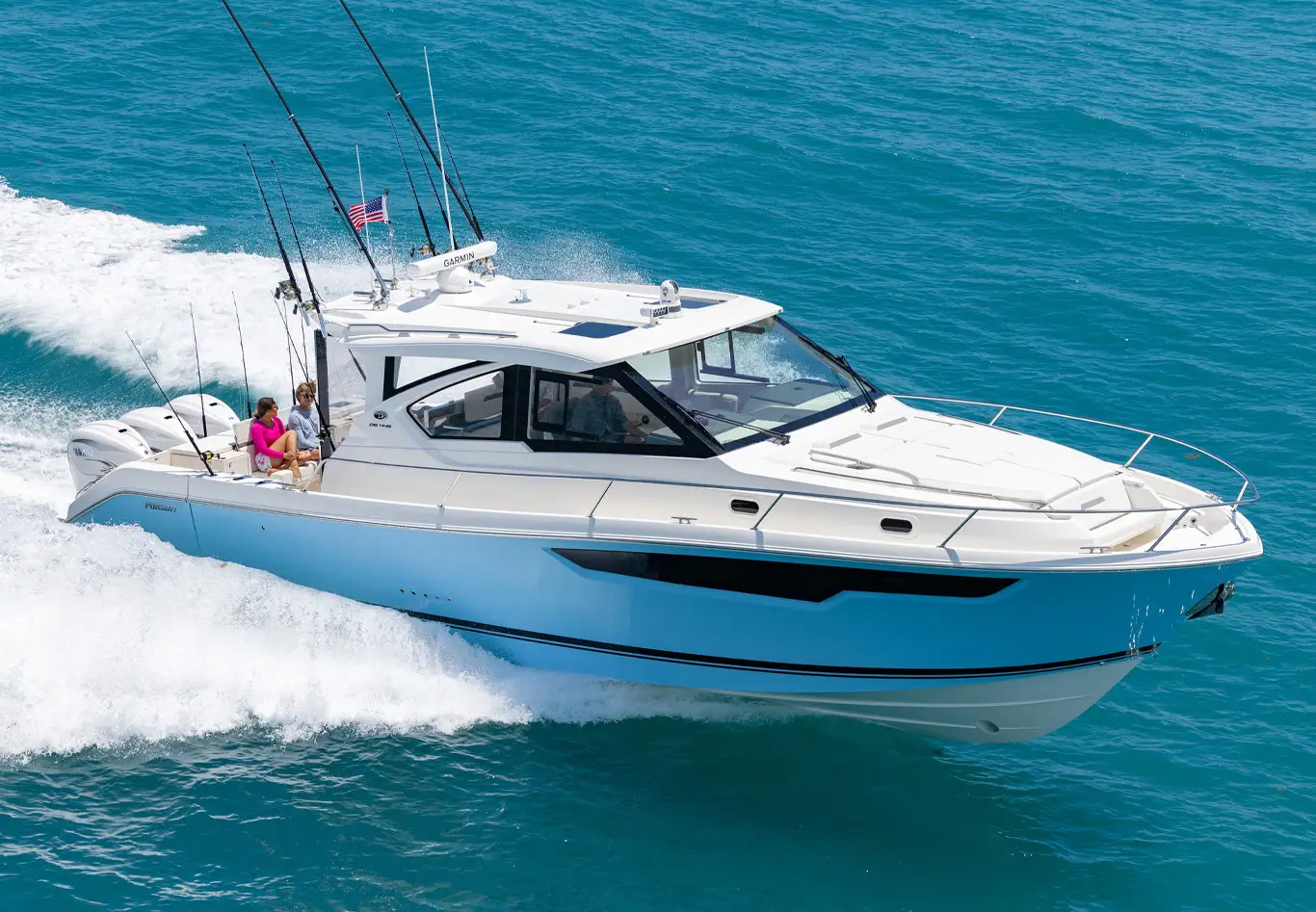Boat battery switch, isolator (isolators) and integrator (integrators) systems are worth their weight in gold when it comes to dual (multiple) battery management. No boat owner should be without it! Learn how to keep batteries aboard your boat from leaving you stranded!
It is, therefore, the foolish one who sees it as impractical having dual anything aboard a vessel, until left in a predicament. So while two is generally excepted as better than one, it can well be said that one may be no better than two, if the latter is improperly utilized.
For example, let’s say you’ve been on an overnight fishing trip. Floodlights, bilge pump, aerator, spotlights, etc. have all been in active use the whole night. You have no electric generator for you are cleverly equipped with dual 12 volt batteries and switch.
Unfortunately, upon trying to crank the engine, you discover both batteries are dead due to the battery switch having been left in the “all” position, draining both batteries dead. This is the the dilemma many find themselves in when managing their batteries with a battery switch alone. Also, if the battery switch was left in the “1” position (main cranking battery) while the “#2” (aux. battery) was drained from use, how will it be recharged by the alternator if the battery switch is not moved to either the “2” or “all” position?
According to Boat Outfitters, another problem with utilizing a battery switch alone for dual battery systems is that when the boat is not in use for a a long period of time and the battery switch is left in the “all” position, the weaker of the two batteries can drain the stronger one. An even more serious problem, which can ruin the alternator, is placing the battery switch to the “off” position while the boat’s engine is running.
The simple solution to these common problems is to install a battery isolator (isolation diode or isolator or diode divider) to charge the batteries and utilize the battery switch for starter cranking (activating the starter circuit only). When properly wired, this system will charge both batteries no matter what positions the battery switch is in. However, when using a battery isolator in conjunction with a battery switch, you merely leave the battery switch in the “1” position (main cranking battery) unless it becomes dead for cranking.
Furthermore, you will no longer risk blowing the alternator in the event the battery switch is inadvertently put in the “off ‘position while the engine is running. The reason being is that the charging circuit (alternator output circuit) is not wired to the battery switch, but to the battery isolator which distributed the charge to both batteries through a diode (a one-way electrical valve).
Instructions come with the battery isolator, along with various drawings as how to wire it with a battery switch.
As mentioned, since the isolator is an electrical one-way valve, the alternator current goes to both batteries without allowing current to backup through the isolator regarless if the engine is running or not. The center lug of the isolator is where the alternator output wire is attached and the terminals marked “1” and “2” on either side of the center lug is where you wire each battery for charging.
Click for Large View The isolator will also prevent batteries from draining in the event an internal alternator diode problem develops, which can cause a voltage draw on the batteries even with the ignition key in the off’ position.
The auxiliary battery can be wired for the boat’s main accessories/ignition feed wire and add-on items such an aerator and floodlights, etc.; while the main battery can be used exclusively for starter cranking only. Both battery positive terminals are wired to connect to the #1 and #2 isolator lugs according to the designated location on the isolator for charging purposes.
A boat’s wiring diagram can aid in the specific location of the alternator charge wire and the accessories/ignition wire (wire that feeds the boat’s fuse panel and accessories). Typically, these are located at the positive lug on the starter solenoid. After identifying the accessory/ignition feed wire, it should be disconnected and wired to the the #1 (main battery) terminal with at least the same size gauge electrical wire. Then from the #1 isolator lig run another wire to the #1 positive battery terminal.
After identifying the alternator charge wire, it should be disconnected and wired with at least the same size gauge electrical wire (#10 min.) to the center lug (alt. lug) on the isolator. The number 2 (aux. battery) lug at the isolator is wired form the isolator to the #2 battery positive terminal.
This isolator can be purchased for under $65.00 and should be a marine type only. The isolation diode is generally rated enough for the standard alternators on most boats, both inboards and outboards. Some systems have monitoring gauges for each battery which can be purchased at an additional charge.
An even better alternative for battery charging management is a battery integrator. This device is more costly, even though it serves a function similarly to that of a battery isolator or manual battery switch. However, it offers significant advantages over both of these more traditional methods of battery bank isolation.
This device incorporates voltage sensing circuitry and a specialized solenoid/contactor to automatically integrate two separate battery banks whenever a charge voltage is being applied, then to isolate the banks when charging is not taking place. This allows charging multiple banks simultaneously from a single source, yet permits selective discharge of each dedicated bank.
You might like: Learn 15 Best Fishing Knots
Because the batteries are integrated by direct connection through the contactor, there is no voltage drop from the charging source to the batteries as with diode isolators, and because operation is automatic, there is no need for a manual switch to connect and disconnect the batteries before and after charging. However, a battery switch can be added if desired for cranking purposes only as previously described when using and isolator. See diagram above.
The Battery Integrator features a heavy duty marine UL listed contactor and solid state circuitry. The housing is compact and hook-up is simple. The standard model accommodates two 12 volt battery banks.

The unit may be wired to provide a “start assist” from the aux./house battery during engine start if that bank has a higher charge than the reserve/start bank.
An optional contactor is available for integrating a third bank whenever the other two banks are being charged.

